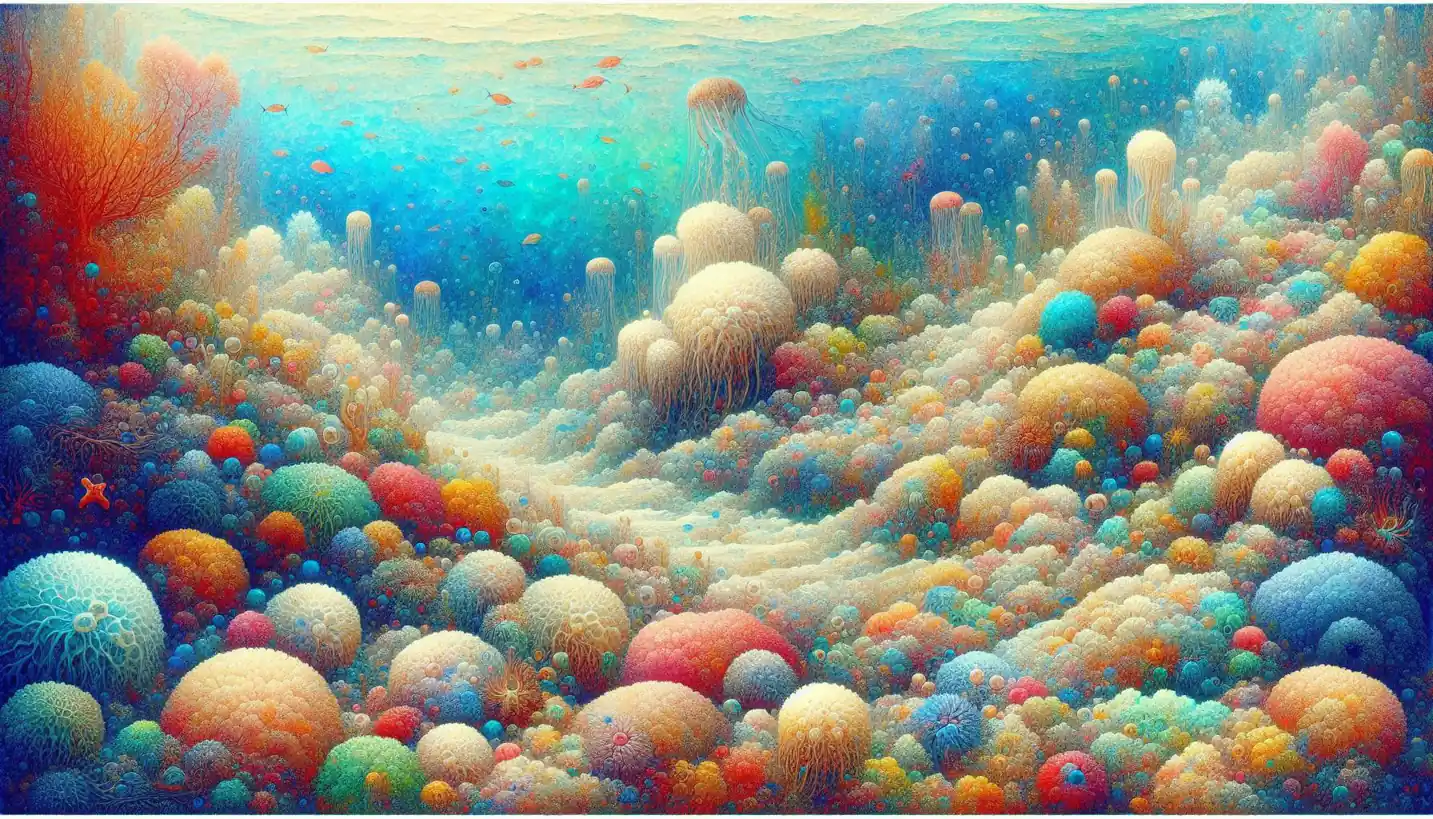· Earth Science · 4 min read
Thermohaline Circulation: The Secret Conveyor of Oceans Revealed
Thermohaline circulation unveils the ocean's secret conveyor belt, a pivotal system that redistributes heat and sustains marine life worldwide.

Ever thought about how the oceans of the world are connected in a giant, invisible dance? This grand movement, sweeping across vast expanses, is known as thermohaline circulation. It’s one of the big players in our planet’s climate system, yet it operates quietly and almost mysteriously, beneath the surface of our seas.
Understanding Thermohaline Circulation
The term “thermohaline” might sound tricky, but it just comes from two simple words: “thermo,” meaning heat, and “haline,” meaning salt. Together, they describe a system influenced by the temperature and salinity of ocean water. To put it more plainly, it’s like a conveyor belt that circulates warm and cold water around the globe, shaped by how salty or hot the water is.
Think of this system as the persistent heart of the ocean—pumping water around the world, regulating climate, and supporting marine life. It’s a natural engine that controls how heat is moved between the equator and the poles, helping to keep Earth’s climate stable.
The Conveyor Belt of the Ocean
So how does this all work? Imagine you’re holding onto a long conveyor belt that stretches around the globe. Hot water is lighter, so it tends to stay on the surface, traveling from the tropics toward the poles. When it reaches colder regions, the water cools and becomes denser, sinking to the depths. This sinking action pulls warmer water into its place, setting a chain reaction in motion.
The sinking water flows back toward the equator at the bottom of the ocean, eventually resurfacing and repeating the cycle. In a way, thermohaline circulation is like the ocean’s version of the air-conditioning in your car, keeping temperatures just right by distributing heat evenly.
Why Salt and Temperature Matter
Temperature and salt are the masterminds behind this massive oceanic current. When salty water is heated, it expands, becomes lighter, and rises. Conversely, when it cools, it contracts, becomes denser, and sinks. This difference in density helps drive the circulation.
Areas of the ocean where salt builds up, usually due to evaporation or ice formation, become heavier and sink, pulling lighter water down with them. This constant exchange creates an endless loop, which, over centuries, circulates water throughout the world’s oceans.
The Importance of Thermohaline Circulation
Now, why should we care about this ocean dance? Well, thermohaline circulation plays a crucial role in regulating our planet’s climate. It helps distribute solar energy from the sun, ensuring that the planet doesn’t overheat near the equator or become too cold at the poles.
Beyond climate, this circulation affects marine life. Nutrient-rich waters that rise to the surface support an explosion of life, from tiny plankton to the largest whales. It’s like nature’s way of fertilizing the sea, sustaining ecosystems that are vital for biodiversity.
Possible Threats and Future Concerns
One of the big questions for scientists is how climate change might affect thermohaline circulation. If polar ice melts and adds more freshwater to the ocean, it could disrupt this delicate balance of salt and temperature, slowing down or even stopping the circulation.
Imagine turning off that oceanic air-conditioning system. It could lead to significant changes in weather patterns, such as more extreme storms, shifts in fisheries, or altered migration paths for marine species. Understanding and monitoring this circulation is crucial to predicting and adapting to such changes.
History and Discovery
The concept of thermohaline circulation wasn’t fully understood until the 20th century. Scientists like Henry Stommel and Arnold Arons helped piece together how these global ocean currents operate. Their groundbreaking models depicted a system that’s remained largely hidden beneath the waves, yet is essential to the climate puzzle.
Looking Forward
Curiosity drives scientists to continue exploring and understanding this phenomenon. With advancements in technology, like satellites and ocean buoys, we are getting better at tracking these elusive underwater currents.
Open questions remain, such as how this circulation might change in the future and its impact on global climate systems. Researchers are pouring efforts into understanding the potential long-term planet-wide consequences, aiming to develop strategies to mitigate any negative impacts.
By diving deep into the science of thermohaline circulation, we unlock the mysteries of the ocean’s heart, striving to preserve and protect our planet’s delicate balance.
To sum it up, thermohaline circulation is vital to life as we know it. It’s the hidden heartbeat of the ocean, quietly steering our climate and nurturing underwater life, a reminder of how interconnected and delicate our world truly is.


